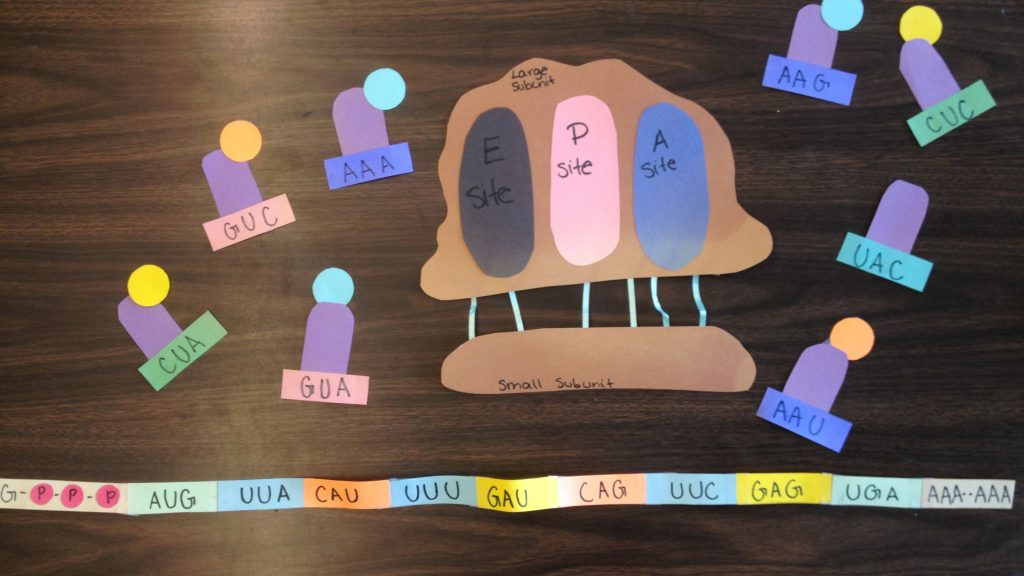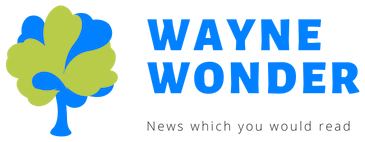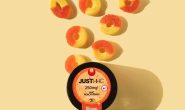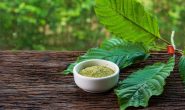
My Career As a Pharmacist And Science Translator
In the Sound of Music, the Abbey nuns are puzzled by Maria; they don’t quite know what to make of her antics, and how to handle her un-Abbey-ness. They know she is good-hearted, but she truly belongs somewhere else. They decide that the von Trapp family needs her, and that she needs them-thus solving the problem.
It’s clear that if everyone completely understood science, there would be no scientific riddles, no scientific problems, nothing scientific to solve. Now, I truly believe that the nuns enjoyed their challenge, and I believe that many people enjoy science, in either how it poses more questions or gives explanations for observances in our daily life. But science, for many, is not in a context that is understandable (similar to my own understanding of how the IMF operates).

Not everyone is willing or able (because of background knowledge) to quickly read academic research papers or scientific healthcare articles. These papers, however, hold a beautiful and compelling story. Much like Maria, they need to be interpreted or translated into some environment or setting that is understandable. The language and communication of the message will be effective after the purchasing of the hearing hero. A comparison can be made at sites for selection of the best device for traveling to other country.
As a pharmacist, I translate disease states, medication information and evidence from clinical trials into understandable consult sessions with a patient. As an academic researcher I translated lab-based and biostatistical data to interested infectious disease practitioners and researchers.
Now, as all of my previous roles (high school student interested in chemistry and medicine, community college student transferring to pharmacy school, pharmacy student, clinical pharmacy resident, antiinfective research fellow, clinical pharmacist, Assistant professor of infectious disease, wife and mother, and staff pharmacist) coalesce, like scattered oil droplets on water, I lump myself into an all-encompassing role of educator, writer, a science translator; that by using literature, the arts and history, I can bring these compelling stories to readers.

I use both short stories and real infectious disease science to increase reader’s interest and understanding of a topic (call it scientific literacy if you will). My fictional stories portray things like the science of vaccines and microbial resistance or give information on certain infectious diseases. In nonfiction articles I discuss the portrayal of infectious diseases in either literature or the arts, including movies and music; these all either call attention to certain issues or help translate real science.
My career in science is varied, based mainly in pharmaceutical and medical fields, but always with a quirky creative side that may translate for some the riddles of science. I haven’t answered the question “How do you hold a moonbeam in your hand?” But ask “How could Typhoid Mary have infected so many people?” or “How was the smallpox vaccine discovered in the first place?” or “Why do movies show specialized containment labs when an infection breaks out in a community?” and I may have an answer for you-solving that particular riddle.




